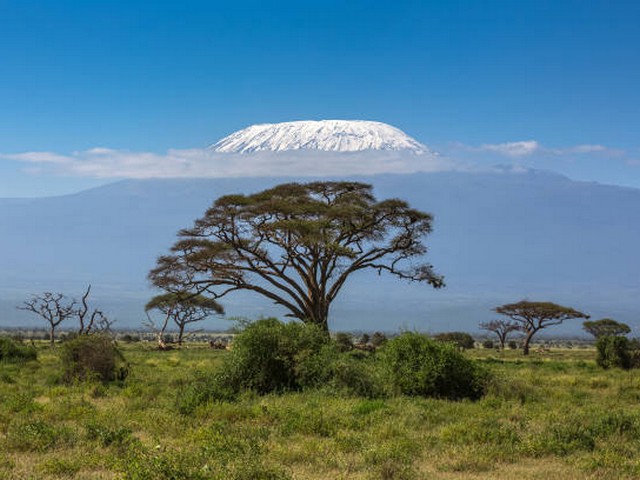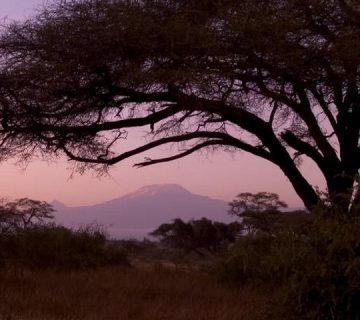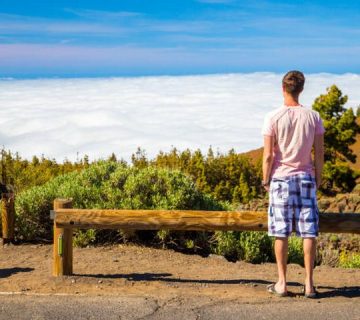High-Quality Trekking Poles for Kilimanjaro: Your Essential Guide
Ascending Kilimanjaro with Confidence
Imagine standing on the roof of Africa, where the sky touches the earth in a symphony of clouds and sunlight. Climbing Mount Kilimanjaro is a dream many hold close, a journey through some of the most majestic landscapes our planet offers. At Kilimanjaro Centre for Trekking and Ecotourism (KCTE), we understand that achieving this dream requires more than just spirit; it demands the right gear. Among the most crucial pieces are high-quality trekking poles. This blog explores why these simple tools are so vital for your Kilimanjaro adventure and how to choose the best ones for your climb.
Why Trekking Poles Are Indispensable for Kilimanjaro
Enhanced Stability and Balance
Navigating the rugged, and often slippery, terrains of Kilimanjaro can pose a challenge. This is where trekking poles come into their own. They act as extensions of your arms, providing two additional points of contact with the ground, which significantly enhances your stability and balance.
Reduced Impact on Joints
Kilimanjaro’s ascent involves long days of walking, often on steep inclines. Trekking poles help distribute the load more evenly, taking pressure off your knees and ankles. This reduction in impact can be a boon, especially on the descent, making your trek less taxing on your body.
Improved Rhythm and Endurance
Using trekking poles creates a consistent rhythm in your steps, which can increase your walking efficiency. This rhythmic pattern of movement helps conserve energy, allowing for better endurance over the multiple-day trek.
Choosing the Right Trekking Poles for Kilimanjaro
Material Matters: Aluminum vs. Carbon Fiber
When selecting trekking poles, the material is a primary consideration. Aluminum poles are durable and more economical, ideal for those expecting rugged use. Carbon fiber poles, while lighter, are also more brittle under certain conditions, yet they provide excellent shock absorption.
Adjustability and Locking Mechanisms
A good trekking pole is adjustable. This feature allows you to alter the length of the pole based on the terrain; shorter for uphill climbs and longer for descents. Reliable locking mechanisms are critical to ensure the poles stay at the desired length.
Grip and Comfort
The grip of the pole affects how you handle it. Look for poles with ergonomically designed grips made of either cork, rubber, or foam. Cork grips adapt to the shape of your hands over time and manage sweat well. Foam grips are softer and absorb moisture, while rubber grips are durable and insulating, ideal for cold environments.
Weight and Packability
Every gram counts when you’re climbing a mountain. Opt for poles that strike a balance between lightness and strength. Additionally, consider how easily the poles can be packed. Compact, foldable models are especially convenient for travel.
How to Use Trekking Poles Effectively on Kilimanjaro
Adjusting Pole Length
Before starting your trek, adjust your poles to a comfortable height. A general rule is to adjust the pole length so that when you hold the poles with tips on the ground, your elbows form a 90-degree angle.
Walking Technique
Engage the poles by planting them in a rhythmic pattern opposite to your foot movement; when you step with your left foot, the right pole should come forward, and vice versa. This technique helps in maintaining balance and propelling you forward efficiently.
Uphill and Downhill Strategies
For uphill climbs, shorten the poles to maintain stability and leverage. For descents, lengthen them to reduce the strain on knees and maintain control.
FAQs: Everything You Need to Know About Trekking Poles for Kilimanjaro
Q1: Can I rent trekking poles, or should I buy them?
You can do both. However, purchasing high-quality trekking poles ensures you get a pair that fits your specific needs and preferences. Renting can be a viable option for those trying to reduce travel gear.
Q2: Are trekking poles allowed throughout Kilimanjaro?
Yes, trekking poles are allowed and highly recommended for use throughout the Kilimanjaro trek.
Q3: How important are shock absorbers in trekking poles for Kilimanjaro?
Shock absorbers can reduce peak forces when descending, which can be beneficial. However, they add weight and can sometimes reduce pole stability, so choose based on personal preference and comfort.
Q4: Should I train with trekking poles before my Kilimanjaro climb?
Absolutely! Training with your trekking poles allows you to adapt to them and refine your walking technique, which can make a significant difference during your climb.
Concluding Your Climb with Confidence
Equipped with the right trekking poles, your journey up Mount Kilimanjaro transforms into an achievable adventure rather than a daunting challenge. At Kilimanjaro Centre for Trekking and Ecotourism (KCTE), we are committed to preparing you for this incredible experience with the best gear recommendations and expert-guided treks. We encourage you to embrace this journey with the best tools at your disposal.
Ready to conquer Kilimanjaro? Book your climb with Kilimanjaro Centre For Trekking and Ecotourism (KCTE) today, and step confidently towards the summit with the best trekking poles in hand. Let your adventure begin here, and let it begin now!




